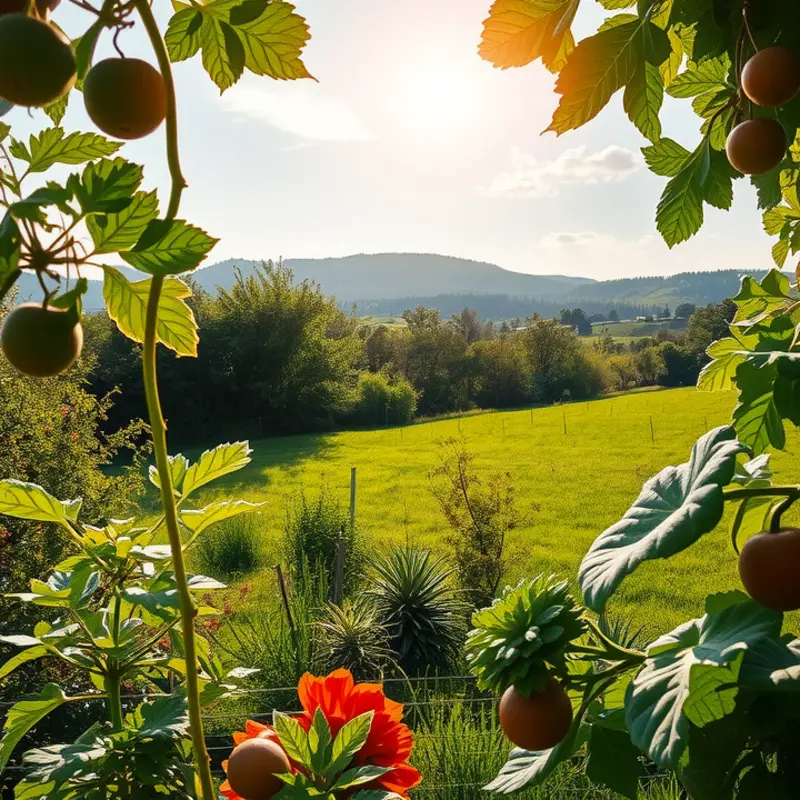Deglazing is a simple yet powerful technique that elevates your cooking to new heights. By using the flavorful, browned bits left behind in your pan, you can create rich, mouthwatering sauces, enhancing your meals’ taste profiles. Whether you’re a novice or seasoned cook, mastering deglazing can greatly improve your culinary skills. This guide offers easy-to-follow steps, ensuring you make the most of every cooking experience.
Understanding the Basics of Deglazing

Before diving into the deglazing process, it’s essential to understand what it is and why it’s used. Deglazing is a technique of adding liquid to a hot pan to dissolve flavorful bits left after searing or sautéing food. These browned remnants, known as fond, harbor rich flavors that elevate dishes to new heights.
The fond develops when proteins break down and sugars caramelize on the pan’s surface. This process, the Maillard reaction, is responsible for the deep flavors we revere in cooked meats and vegetables. To access these flavors, deglazing involves adding a liquid, preferably something with acidity or alcohol content, to capture the taste. This method forms the base for sauces, adding complexity and depth to your meal.
The choice of the pan is crucial for effective deglazing. Not all pans are created equal, and to make the most of your fond, consider the material and surface of your cookware. Stainless steel and cast iron pans are champions for deglazing due to their ability to develop and maintain a fond. These materials can handle high heat necessary for browning and are conducive to releasing fond when deglazed. Non-stick pans, although useful for many applications, aren’t ideal for deglazing as their surface inhibits the formation of fond.
Choosing the right liquid for deglazing is equally critical. The goal is to loosen the fond and incorporate it into a sauce or gravy. Wine, stock, and vinegar are classic choices for deglazing due to their acidity, which helps dissolve the fond. Wine, both red and white, offers not only acidity but also additional flavors as it reduces. Stock, whether chicken, beef, or vegetable, adds its own layers of flavor while working with the fond. For a non-alcoholic option, vinegar adds a bright acidity that brings a similar effect. Water can be used as a last resort, but it lacks the depth that wine or stock provides.
The technique of deglazing is simple. After cooking your main dish, remove it from the pan and pour off any excess fat, leaving about a tablespoon behind. Then, increase the heat and pour your chosen liquid into the pan. As the liquid heats, scrape the bottom of the pan with a wooden spoon or spatula, loosening the fond. Allow the liquid to reduce slightly, concentrating the flavors, before incorporating any additional ingredients for your sauce.
Deglazing not only enhances flavors but also reduces food waste, a consideration in sustainable cooking. Instead of washing these flavorful bits down the drain, integrating them into a sauce maximizes your ingredients’ potential. For more on minimizing waste in the kitchen, consider reading about safer storage of sauces.
Understanding the basics of deglazing equips you with a powerful tool in culinary artistry. By choosing the right pans and liquids, you can harness the hidden flavors in your cooking vessels, enriching every dish with the essence of the meal that preceded it.
Step-by-Step Guide to Deglazing

Choosing the right pan is fundamental to deglazing success. Heavy-bottomed skillets or sauté pans are perfect because they distribute heat evenly and resist warping under high temperatures, creating the ideal conditions for building fond. Fond, those caramelized bits left on the pan’s surface, is crucial for flavor enhancement.
Start by cooking your choice of protein or vegetables. Sear them until they achieve a rich, brown crust. This process not only enhances taste but also creates a lovely fond. Once browned, remove the food, leaving the delectable bits behind.
With the pan still hot, it’s time to add your deglazing liquid of choice. Classic choices include wine, broth, or vinegar. The liquid will sizzle upon contact. This reduction in temperature helps to steam-clean the pan, making it easier to dissolve the fond.
Using a wooden spoon or spatula, gently scrape the fond as the liquid heats. This action releases those trapped flavors into the sauce, intensifying the dish’s overall taste profile.
The next step is to let the liquid simmer. Allowing it to reduce concentrates the flavors, turning the liquid into a savory sauce. At this stage, you can introduce additional seasonings or even a splash of cream for a rich texture.
As the final step, return the cooked food to the pan. Coat it in the sauce, letting it absorb the flavor. This quick reheat ensures the food melds harmoniously with the sauce, creating a cohesive dish.
Experimenting with different deglazing liquids can lead to delightful surprises. Each choice imparts a unique taste, from the sweetness of white wine to the earthiness of broth. Consider pairing flavors creatively, using various liquids and herbs to make each meal distinctive.
For those interested in extending their culinary prowess, learning how to simmer sauces can further enhance your kitchen repertoire. Check out easy-sauce-simmering for more tips on perfecting this skill.
Final words
Deglazing is a straightforward yet impactful technique that transforms your cooking by adding depth and flavor to sauces. With practice, you’ll find this skill enhances a variety of dishes, from savory meats to aromatic vegetables. The process is not only a fantastic way to minimize waste but also to bring out the best in your gourmet creations. So, gather your ingredients and start experimenting with deglazing—each meal can become an opportunity to unlock new and exciting flavors. Happy cooking!







